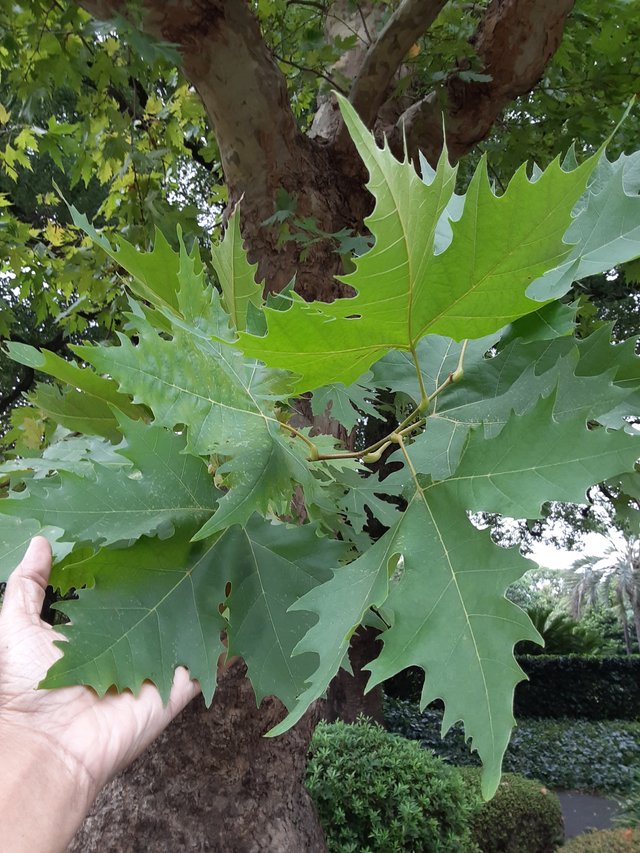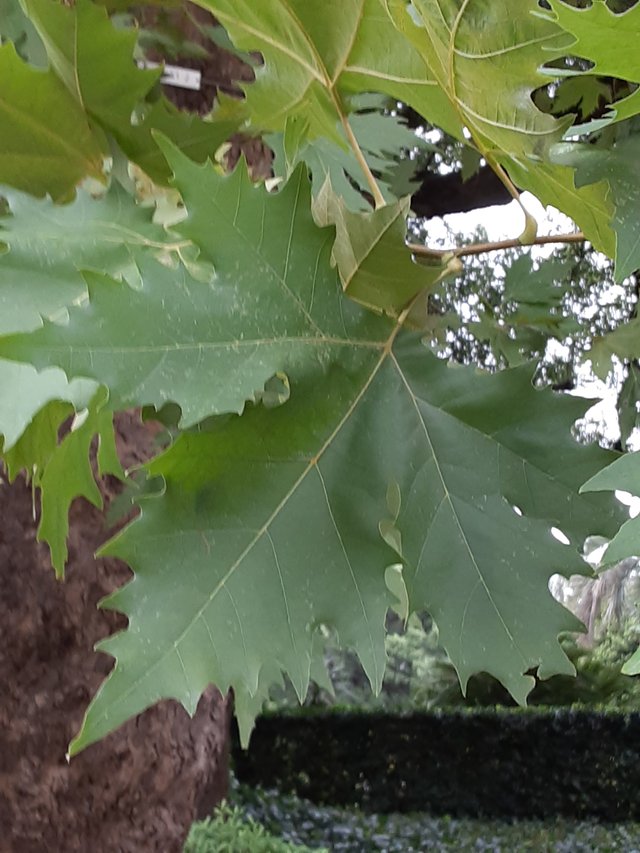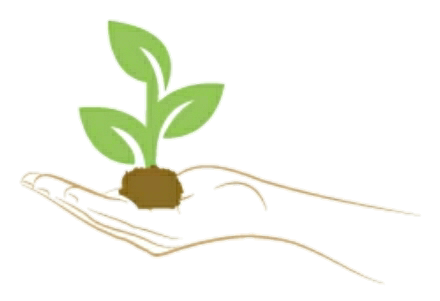
The plant Acer saccharinum, commonly known as the silver maple, is a deciduous tree native to North America. It's particularly recognized for its striking leaves, which exhibit a distinctive silvery-white coloration on their undersides.
The leaves of the silver maple are typically five-lobed, with the lobes deeply cut and often serrated. The upper surfaces of the leaves are a dark green color, providing a beautiful contrast to the silvery undersides. These contrasting colors are most noticeable when the wind blows, causing the leaves to rustle and reveal their silvery undersides.
One of the interesting features of silver maple leaves is their sensitivity to changes in the environment. They can exhibit a noticeable drooping or wilting during periods of drought or heat stress. This response is a protective mechanism that helps to reduce water loss from the leaves.
In addition to their aesthetic appeal, silver maple leaves play a vital role in the tree's overall health and function. They are responsible for photosynthesis, the process by which the tree converts sunlight into energy. The leaves also help to regulate the tree's water balance and provide a habitat for various insects and other organisms.

Silver maple leaves can be used for a variety of purposes, including:
- Food: The sap from silver maple trees can be used to make maple syrup, a sweet liquid that is popular in North America.
- Ornamental purposes: Silver maple trees are often planted in parks and gardens for their ornamental value. Their leaves provide a beautiful display of color throughout the growing season.
- Wildlife habitat: The leaves of silver maple trees provide food and shelter for a variety of wildlife, including birds, squirrels, and deer.
Overall, the leaves of the Acer saccharinum are a fascinating and important part of this tree's biology and ecology. Their distinctive appearance, sensitivity to environmental conditions, and multiple uses make them a valuable resource for both humans and wildlife.
Ref.:
 |  |
Upvoted! Thank you for supporting witness @jswit.
Downvoting a post can decrease pending rewards and make it less visible. Common reasons:
Submit